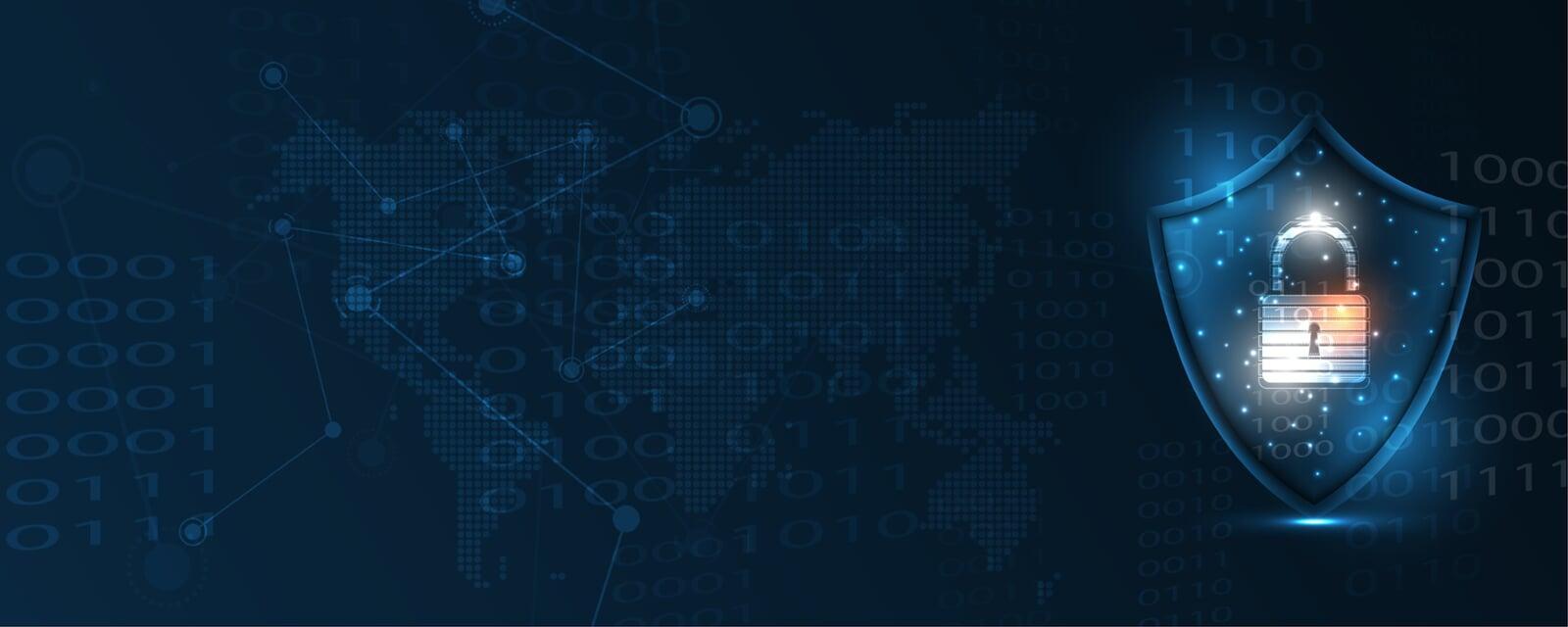
In the complex web of the modern financial ecosystem, securing sensitive data is more than just a mandate—it is the foundation of trust, reputation, and operational continuity. For Banking, Financial Services, and Insurance (BFSI) industries, the stakes are sky-high. Cybercriminals are innovating faster than traditional defences can respond, making Network Detection and Response (NDR) not a luxury but an operational imperative.
From Reactive to Proactive: The Evolution of NDR
From Reactive to Proactive: The Evolution of NDR
Cybersecurity in the BFSI sector began with tools like firewalls, antivirus software, and intrusion prevention systems—solutions built to respond to known threats. However, the increasing sophistication of cyberattacks, including advanced persistent threats (APTs), zero-day vulnerabilities, and insider breaches, quickly rendered static defences insufficient.
NDR represents the next evolutionary leap. Unlike legacy systems, NDR doesn’t wait for a known signature or rule set. Instead, it employs advanced technologies like machine learning (ML) and behavioral analytics to detect anomalies across the network in real time. It identifies patterns that deviate from the norm—indicating malicious activity—and immediately responds to mitigate potential damage.
Why BFSI Needs NDR More Than Ever
Why BFSI Needs NDR More Than Ever
BFSI remains the most targeted industry for cyberattacks, primarily because of the high-value data it manages. In 2023 alone:
· Ransomware attacks on BFSI increased by 62%.
(Source: IBM X-Force Threat Intelligence)
· The average cost of a financial services breach reached $5.85 million, exceeding all other industries.
(Source: IBM Cost of a Data Breach Report 2023)
· 44% of breaches in financial services were caused by insider threats, making them the top cause in this sector.
(Source: Ponemon Institute)
Traditional network defences are proving ineffective against today’s threats, which often involve:
1. Multi-vector attacks that exploit weaknesses across endpoints, cloud systems, and internal networks.
2. Insider threats, where employees with legitimate access leak sensitive data or compromise systems.
Regulatory pressures, as BFSI companies juggle stringent standards like PCI DSS, GDPR, and ISO 27001.
Core Capabilities of NDR
Core Capabilities of NDR
What sets NDR apart is its holistic approach. Let’s break down how NDR safeguards the BFSI ecosystem:
1. Deep Network Visibility
NDR monitors network traffic across on-premise systems, cloud platforms, and hybrid environments, ensuring no blind spots. It collects and analyzes metadata, providing a complete picture of activity in real time.
2. Anomaly Detection Powered by AI
Leveraging AI and ML, NDR systems can identify deviations from normal behavior patterns. For instance, an unusually large data transfer from a workstation at odd hours would raise immediate alerts.
3. Automated Threat Response
Once a threat is detected, NDR systems can isolate affected segments, block malicious traffic, and alert security teams. This drastically reduces the mean time to detect (MTTD) and respond (MTTR) to incidents.
4. Compliance Enablement
With in-depth logs, audit trails, and reporting capabilities, NDR simplifies compliance with global regulations. Financial institutions no longer need to scramble during audits or investigations.
GenAI: The Next Frontier in NDR
GenAI: The Next Frontier in NDR
As generative AI (GenAI) integrates into cybersecurity, NDR systems are becoming even more powerful. It enhances anomaly detection by predicting possible attack vectors and simulating threat scenarios in real time. This capability allows financial institutions to anticipate attacks and strengthen defences proactively.
For example, a GenAI-enhanced NDR system could simulate how ransomware might spread across a bank’s network, identify weak points, and recommend specific actions to prevent breaches. This predictive intelligence transforms NDR into a strategic tool rather than just a defensive mechanism.
Key Use Cases for BFSI
Key Use Cases for BFSI
NDR is a versatile solution that addresses diverse cybersecurity challenges in the BFSI space. Here are some critical use cases:
1. Real-Time Fraud Detection
With millions of transactions processed daily, financial institutions are prime targets for fraud. NDR systems monitor transaction data and detect anomalies that might indicate fraudulent activities, such as unusual transaction sizes or irregular locations.
2.Insider Threat Prevention
By analyzing user behavior, NDR can detect insider threats early. For example, if an employee starts accessing restricted databases or transferring large files without prior authorization, the system can flag this activity.
3. Ransomware Mitigation
NDR systems monitor file access patterns and detect unusual behaviors like mass file encryption—an early sign of ransomware. By isolating infected systems, they prevent the ransomware from spreading further.
4. Streamlined Compliance
Financial institutions operate in a heavily regulated environment. NDR ensures continuous monitoring and provides detailed reports that demonstrate compliance with standards like GDPR and PCI DSS.
5.Hybrid Cloud Security
As BFSI companies embrace cloud services, NDR systems monitor traffic across both on-premise and cloud networks, ensuring seamless protection regardless of infrastructure.
The Business Case for NDR
The Business Case for NDR
For CIOs and CTOs, NDR offers more than just cybersecurity—it provides operational and strategic benefits:
· Minimized Downtime: By responding instantly to threats, NDR ensures uninterrupted business operations.
· Cost Savings: Preventing breaches and reducing regulatory penalties save millions annually.
· Customer Trust: Secure networks protect customer data, strengthening brand loyalty in a competitive market.
Future Trends in NDR
Future Trends in NDR
Looking ahead, the integration of blockchain, quantum computing, and even deeper AI models will redefine NDR’s capabilities. Blockchain could enhance transaction security, while quantum cryptography might prevent decryption-based attacks. Meanwhile, AI will continue refining behavioral analytics, making threat detection faster and more accurate.
Conclusion
In an industry where trust is the currency of success, BFSI companies cannot afford to leave their networks unprotected. Network Detection and Response offers the agility, intelligence, and robustness needed to combat modern threats while enabling compliance and innovation. For CIOs and CTOs, adopting NDR is not just a cybersecurity investment—it’s a business imperative.
If your organization is ready to outsmart tomorrow’s cybercriminals, Network Detection and Response is the solution to lead with confidence.

